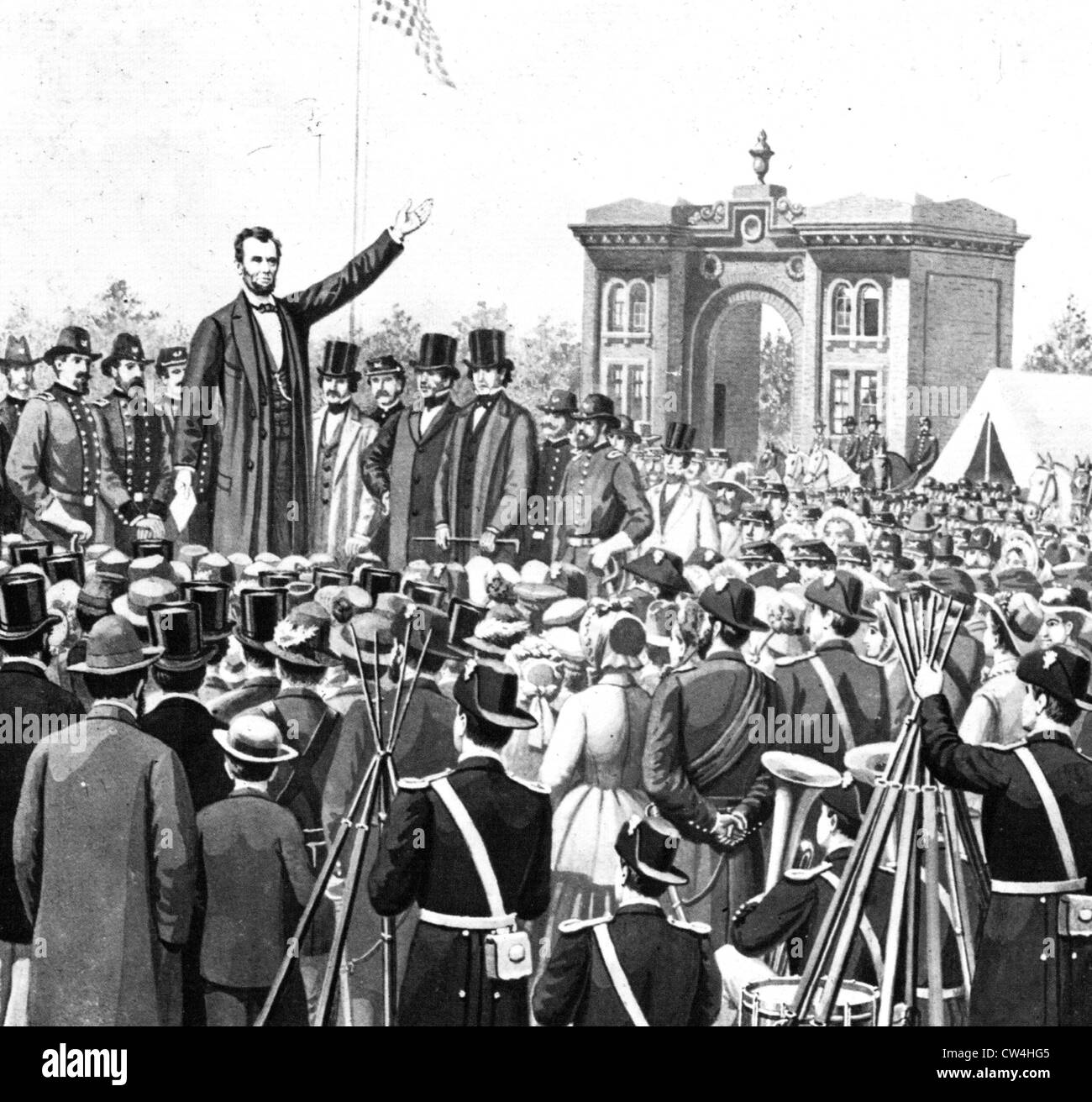

Instead, the ball hit the thickest part of the skull in the occipital bone. The ball from the pistol wielded by Booth missed an area of the brain that would have resulted in instant death by about two inches, according to Dr. Modern doctors still use this method to examine for any sort of brain injury. Leale discovered evidence of a brain injury when examining Lincoln’s pupils. However, there was no evidence of a knife wound of any sort and that is when Dr. Leale only saw the knife and not the pistol. Leale, with the help of others, moved President Lincoln to the recumbent position (laying on his back with the lower extremities flexed and rotated outward) where he began to examine him for a stab wound as Dr. Leale saw to the President and began his examination of the wounds. Major Rathbone, in an attempt to stop Booth, caught the blade of his dagger which lacerated his forearm. Leale jumped into action, becoming the first doctor on scene to examine the wounded President. President Lincoln’s Box (Wikimedia Commons) While mercury-based drugs such as calomel and emetic tartar were still in the surgeon’s kit throughout the Civil War, bloodletting, blistering, and other methods of heroic medicine were seldom performed. They also administered doses of calomel (mercury), vapors of vinegar and water, and multiple doses of emetic tartar “with no other effect than a copious discharge from the bowels.” Pneumonia was already a fatal disease in 1799, but the treatments the doctors used on President Washington were what really killed him. The doctors seeing to him employed bloodletting (32oz were taken) and blistering of the extremities. After being exposed to the cold and rain for an extended period of time, Washington came down with pneumonia. George Washington, our first President elected after the ratification of the US Constitution, died in 1799 due to medical procedures that had almost entirely been phased out or discontinued by 1865.


Medicine had come a long way towards the end of the Civil War.

Depiction of the Assassination of President Lincoln by John Wilkes Booth (Wikimedia Commons)


 0 kommentar(er)
0 kommentar(er)
